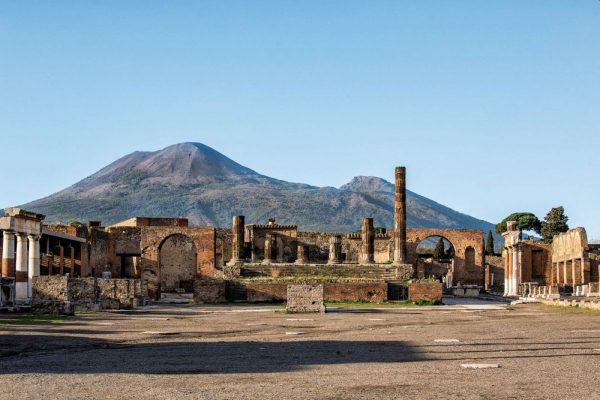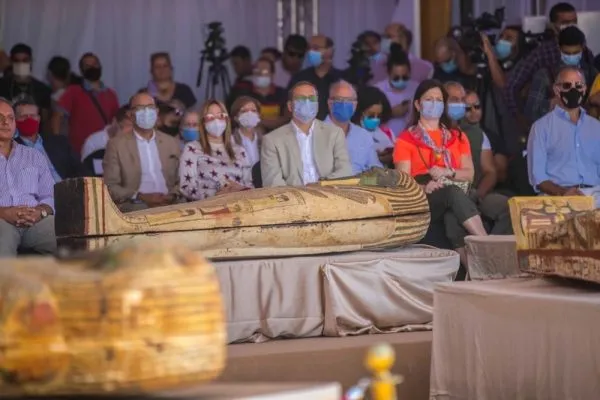Discovery of ‘Lost Golden City’ of Egypt Unearths 3000-Year-Old History
Egypt has been the pioneer for the study of archaeology, offering innumerable insights into the lives of ancient humans. Archaeologists have been studied the remains of Ancient Egypt for so many years now, making significant discoveries every now and then. The most recent discovery was the discovery of the ‘Lost Golden City’ of Egypt.
Dating to the reign of Amenhotep III, one of Egypt’s most powerful pharaohs, the 3,000-year-old city was lost to the sand of Egypt and forgotten in time. Famous Egyptologist Zahi Hawass announced the discovery of the ‘lost golden city’ near Luxor last week. Apparently, it has been acknowledged as one of the most important archaeological discoveries since Tutankhamun’s tomb in 1922.
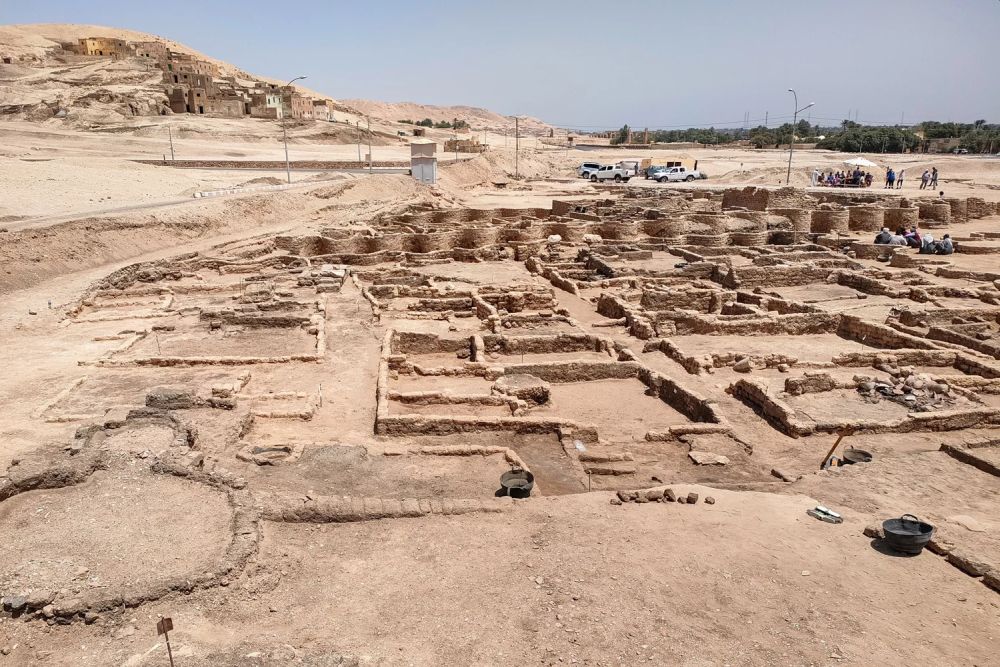
Archaeologists have made the second most significant discovery of the ‘Lost Golden City’ of Egypt, since the tomb of Tutankhamun | Image: STR/DPA
According to Hawass, the find was the largest ancient city, well-known as Aten, ever discovered in Egypt. The city has been unearthed within weeks of the excavation work that began in September 2020. The city became a home to great pharaohs such as Ay and Tutankhamun, whose nearly preserved tomb was uncovered in the Valley of the Kings by British archaeologist Howard Carter in 1922.
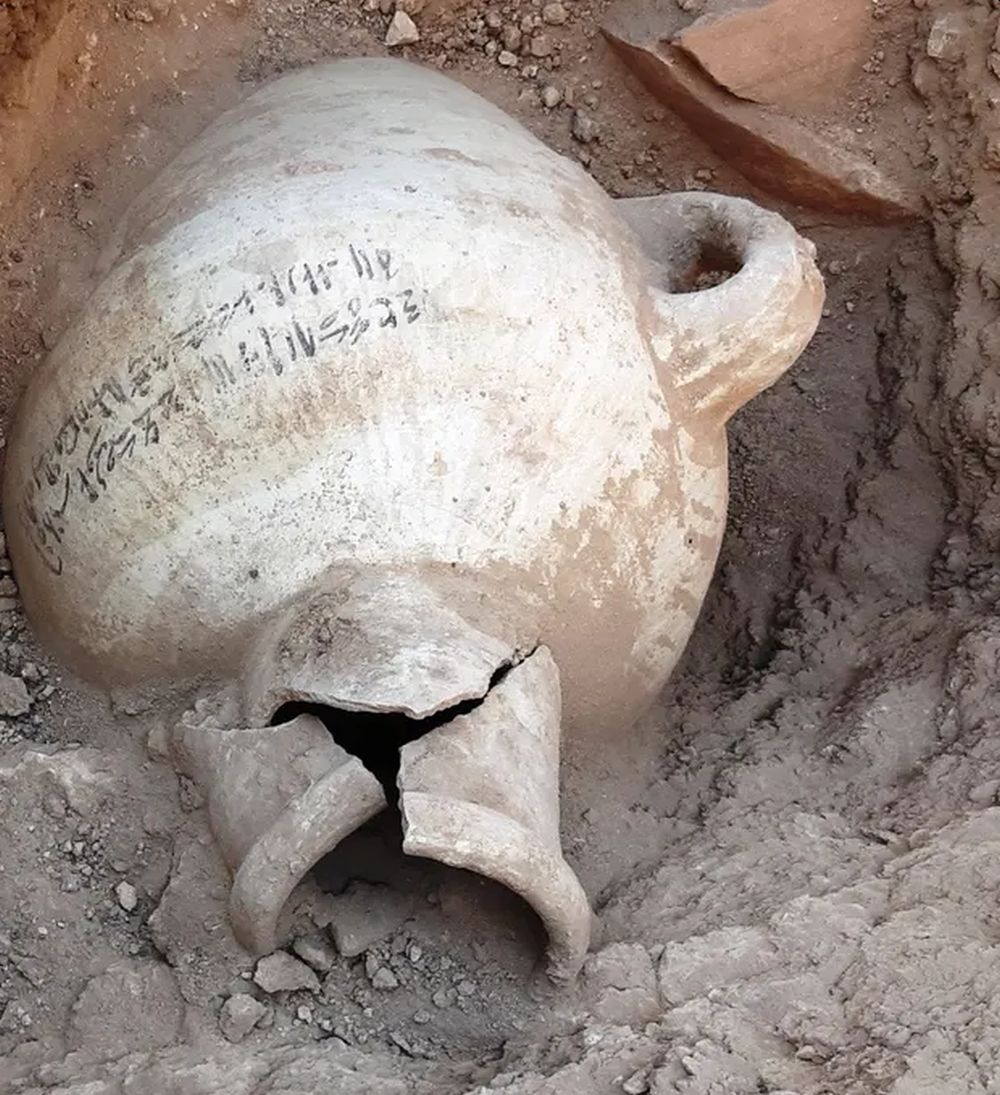
Archeaologists recovered a large number of valuable archaeological objects, such as jewelry, colored pottery, and mud bricks bearing seals of Amenhotep III | Image: Zahi Hawass Center for Egyptology/Reuters
Betsy Brian, Professor of Egyptology at Johns Hopkins University in Baltimore, US, said that it is the second most significant archaeological find since the tomb of Tutankhamun. She said that the lost city would offer rare glimpses into the life of the ancient Egyptians at the time when the empire was at its wealthiest status.
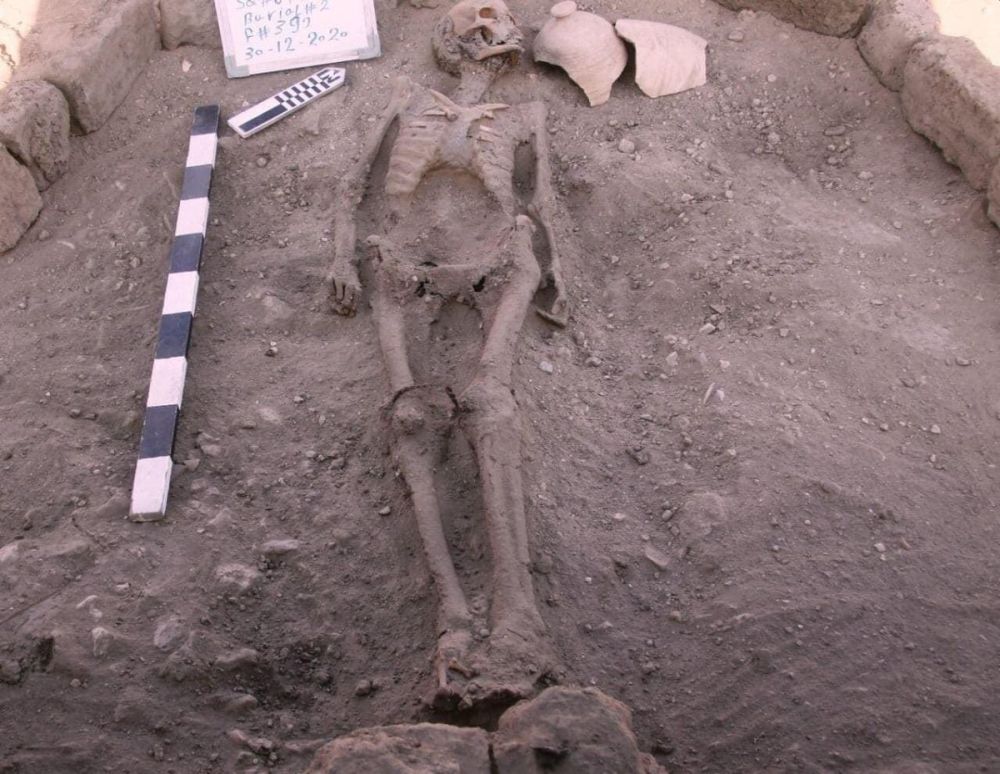
A skeletal human remain is seen near Luxor, Egypt | Image: Zahi Hawass Center for Egyptology/Reuters
Hawass said,
Within weeks, to the team’s great surprise, formations of mud bricks began to appear in all directions. What they unearthed was the site of a large city in a good condition of preservation, with almost complete walls, and with rooms filled with tools of daily life. Many foreign missions searched for this city and never found it.
Last year, the team started excavations on the west bank of Luxor near the Valley of the Kings, some 300 miles south of the capital Cairo. The work recovered a large number of valuable archaeological objects, such as jewelry, colored pottery, scarab beetle amulets, and mud bricks bearing seals of Amenhotep III.
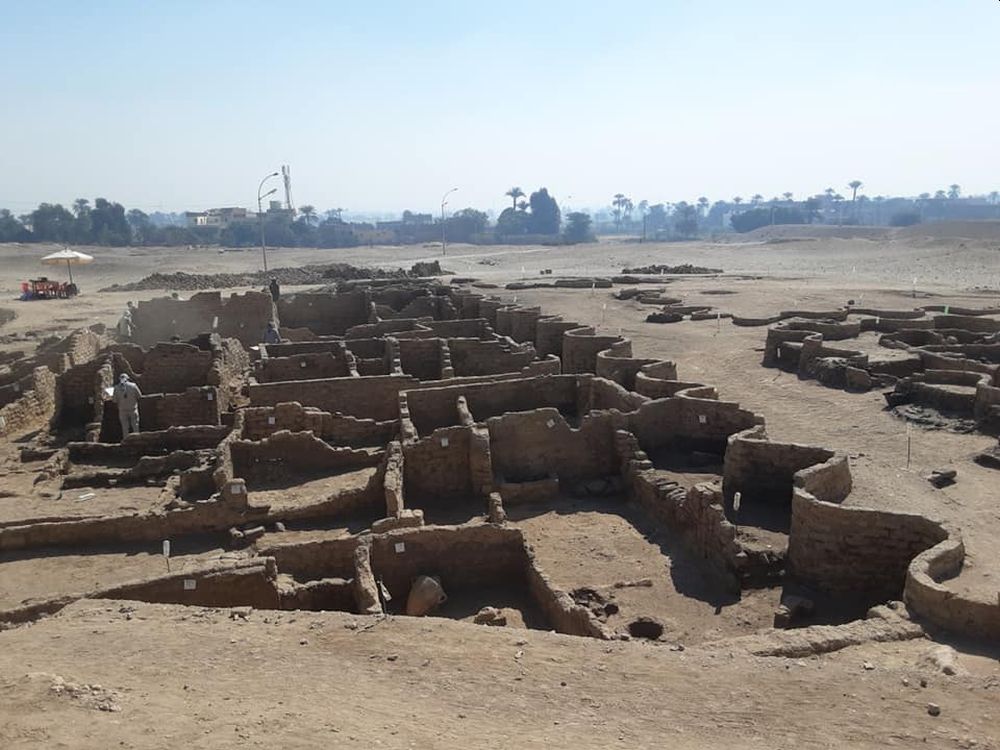
A new archaeological discovery stands in Luxor, Egypt | Image: Zahi Hawass/Facebook
After seven months since the dig started, several neighborhoods of the city have been uncovered, including a bakery, administrative and residential districts. Hawass believes that further digging could lead to the discovery of untouched tombs filled with treasures.
Egypt is planning to promote its ancient heritage to attract tourists. Last week, Egypt moved the mummified remains of 18 ancient kings and four queens across Cairo from the Egyptian Museum to the new National Museum of Egyptian Civilization. The mummified remains included Amenhotep II and his wife Queen Tiye.
Via: The Guardian
